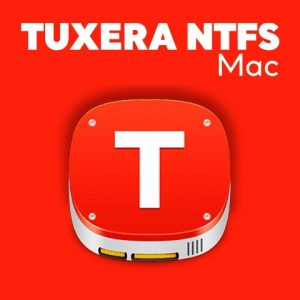
- TUXERA NTFS CHECKING HD FROM THE TERMINAL MAC OS
- TUXERA NTFS CHECKING HD FROM THE TERMINAL DRIVER
- TUXERA NTFS CHECKING HD FROM THE TERMINAL PASSWORD
TUXERA NTFS CHECKING HD FROM THE TERMINAL MAC OS
You can easily write, copy, move, and edit files on the NTFS drive by just installing the software and rebooting your computer to allow the change to happen on your Mac OS X, all hassle free and seamless.
TUXERA NTFS CHECKING HD FROM THE TERMINAL DRIVER
Paragon NTFS – Paragon is a driver that allows a full read and write access to NTFS drives on Mac OS X. Disabling SIP will allow root programs to alter protected files on the operating system that may lead to a corrupt startup disk and the onset of malware.Īgain, if this is something that alarms you, there are other methods of allowing to write to your NTFS disks on your Mac OS that may be more comfortable for you to use. You should note that the System Integrity Protection exists to prevent unwanted modification of system files.

If you did all of the above correctly, NTFS will now fully work on your Mac OS. Once you’re in recovery, re-enable SIP by opening Terminal and typing this command:.Reboot your computer again and repeat what you did in Step 5, so that you reboot into recovery mode.Sudo ln -s /usr/local/sbin/mount_ntfs /sbin/mount_ntfs Sudo mv /sbin/mount_ntfs /sbin/mount_ntfs.original After you have rebooted, open Terminal again and type these commands:.This will disable SIP (System Integrity Protection) or “rootless” mode, and it should show in a display message.


Enter the following command, replacing NAME with your external volume title: LABEL=NAME none ntfs rw,auto,nobrowse.
TUXERA NTFS CHECKING HD FROM THE TERMINAL PASSWORD

Enter the following command and press Return: sudo nano /etc/fstab.Launch Terminal with the NTFS drive connected to your Mac.If you understand the risks and wish to enable NTFS write mode in macOS, you can do so by following these steps: Therefore, you should proceed with caution. In this case, enabling a setting that affects disk write capabilities has the potential to corrupt hard drives and cause data loss. Whenever you make any significant changes to your system, you should always back up important information first. The feature is somewhat experimental-or, at the very least, unsupported by Apple-so the results can be unpredictable. To enable the tool, you’ll need to use Terminal, and you do so at your own risk. Interestingly, macOS does have the ability to write to NTFS, but Apple disables the feature by default.


 0 kommentar(er)
0 kommentar(er)
